This has some characteristics of a forward converter, (or it uses "forward" topology). See this wikipedia article or this guide.
Specifically, the current in the secondary of the transformer may occur at the same time as current in the primary.
However, it also has a characteristic of a fly-back.
Specifically, because the primary side of the circuit has no method to "reset" the flux induced by the DC component of the pulse train, (for example a diode and "reset" coil), the transformer must store (some) energy during part of the cycle, and release it to the secondary during another part of the cycle.
So, perhaps it is a hybrid between flyback and forward topologies? I originally thought it was a simple forward converter, but discussion with Jano952, gives me doubts.
